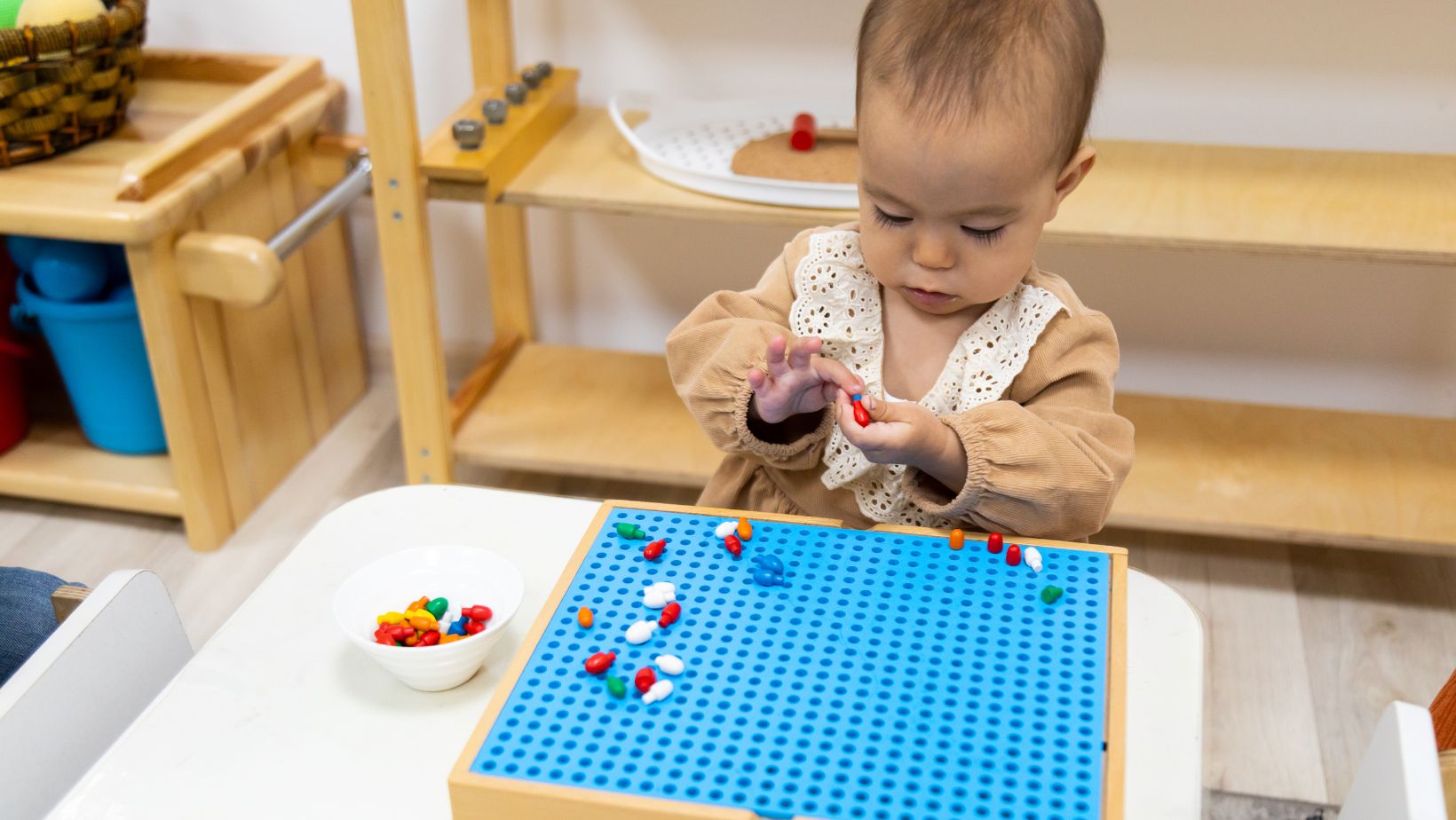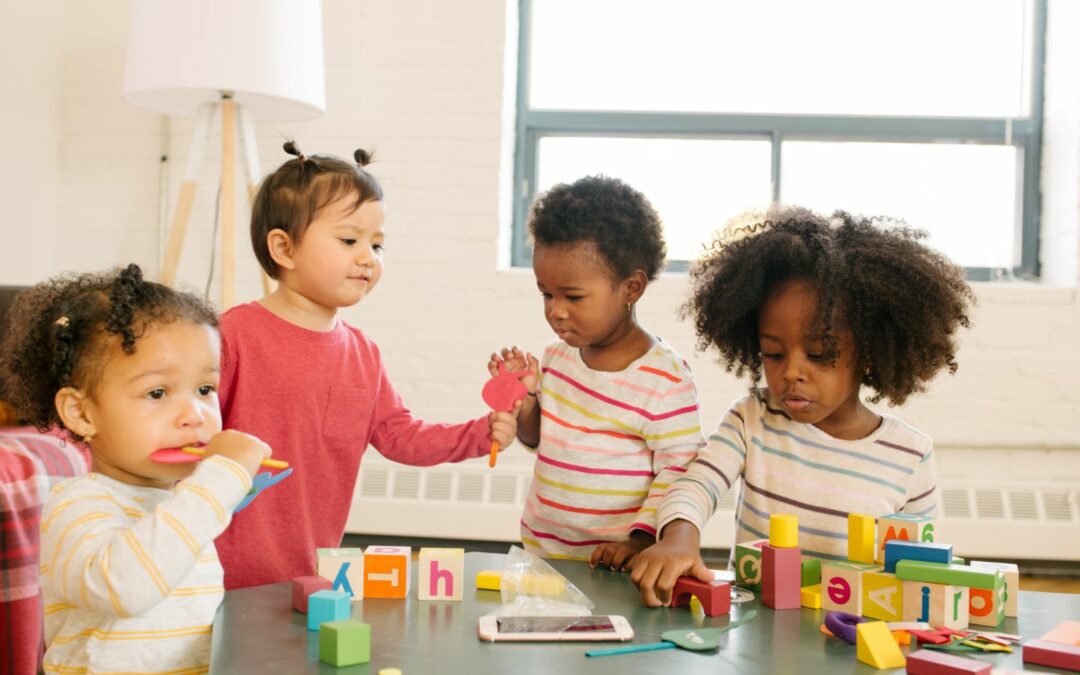As a parent, I understand the challenges of communicating with toddlers who are still developing their language skills. That’s why I’m excited to share my experience and insights on the use of communication boards for toddlers. These boards are a valuable tool that can help bridge the communication gap and support language development in young children. In this article, I’ll discuss the benefits of using communication boards, how to introduce them to your toddler, and provide some practical tips for maximizing their effectiveness.
When it comes to finding alternative ways for toddlers to express themselves, communication boards have proven to be a game-changer. These boards are designed with a range of pictures, symbols, or words that toddlers can point to in order to communicate their needs, wants, and feelings.
Communication Board for Toddlers
As a parent or caregiver, I understand the importance of effective communication for toddlers who are still developing their language skills. That’s why I believe that introducing a communication board can be a game-changer. In this section, I will discuss the benefits of using a communication board for toddlers and explore the different types available.
Benefits of Using a Communication Board for Toddlers
Using a communication board can have a positive impact on a toddler’s development in several ways. Here are some key benefits:
- Enhances Communication Skills: Communication boards provide a visual representation of words, symbols, or pictures that toddlers can point to in order to express their needs, wants, or feelings. This helps them to communicate effectively, even before they have mastered spoken language.
- Boosts Confidence: Toddlers often feel frustrated when they struggle to express themselves verbally. By using a communication board, they gain the ability to communicate their thoughts and desires more easily. This boosts their confidence and reduces frustration, leading to improved overall well-being.
- Facilitates Language Development: Communication boards serve as a bridge between gestures and spoken language. As toddlers interact with the board, they begin to associate words or symbols with their meanings. This exposure to language helps to build their vocabulary and comprehension skills.

How to Create a Communication Board for Toddlers
Choosing the Right Communication Board
When creating a communication board for toddlers, it’s important to choose the right type of board that suits their needs and abilities. Here are a few factors to consider when selecting a communication board:
- Type of Board: There are various types of communication boards available, including picture-based, symbol-based, word-based, and digital boards. Consider the toddler’s level of language development and choose a board that aligns with their current abilities. For example, if the toddler is just starting to recognize pictures, a picture-based board might be the most suitable option.
- Size and Layout: The size and layout of the communication board also play a crucial role in its effectiveness. Opt for a board that is large enough to accommodate a sufficient number of symbols or pictures, but not too overwhelming for the toddler to navigate. Additionally, the layout should be organized in a way that is easy for the toddler to understand and use.
- Durability: Toddlers can be quite active, so it’s essential to choose a communication board that is durable and can withstand their energetic nature. Look for boards made from sturdy materials that can withstand frequent use and potential spills or accidents.
Organizing the Communication Board
The organization of the communication board plays a crucial role in its usability and effectiveness. Here are some tips for organizing the board:
- Grouping: Group symbols or pictures together based on categories or themes. This helps the toddler understand the organization of the board and locate the symbols more easily. For example, group food-related symbols together, or group symbols related to different activities.
- Sequencing: Consider the logical sequence of symbols or pictures on the board. Arrange them in a way that makes sense and follows a natural flow of communication. For example, place symbols for greetings and basic needs at the top of the board, followed by symbols for activities and emotions.
- Accessibility: Ensure that the communication board is easily accessible for the toddler. Place it at their eye level and within their reach, so they can independently use it whenever they need to communicate. Consider using a portable board that can be easily carried around or mounted on a wall within their play area.
By following these guidelines for choosing the right communication board, selecting appropriate symbols and pictures, and organizing the board effectively, you can create a communication tool that empowers toddlers to express themselves confidently and enhances their communication skills.
Jessica has a flair for writing engaging blogs and articles. She enjoys reading and learning new things which enables her to write different topics and fields with ease. She also strives to break down complex concepts and make them easy for anybody to comprehend.





